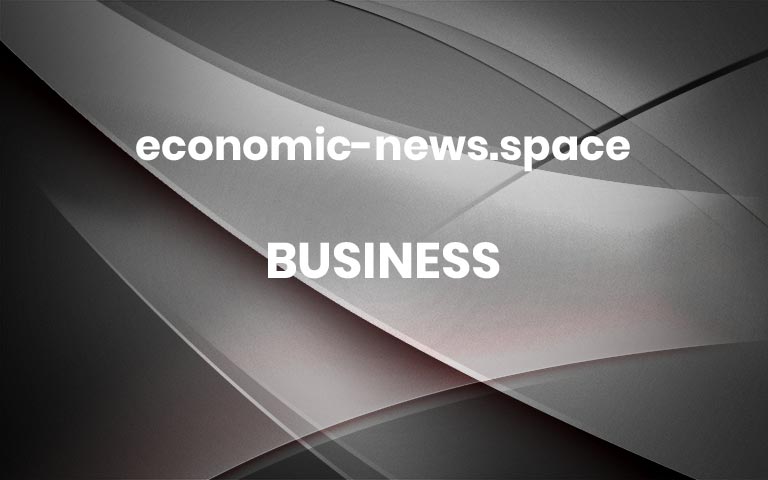Elon Musk is telling his followers to cancel Netflix subscriptions. Here’s what’s happening

Elon Musk this week urged his followers to cancel their Netflix subscriptions over a controversy surrounding an animated show and its creator.
Shares of the company are down 4% this week.
Analysts say the statements might not have as big an impact on the stock as Musk is intending.
Elon Musk stands in the Oval Office to attend a press event with U.S. President Donald Trump, at the White House in Washington, D.C., U.S., May 30, 2025.
Nathan Howard | Reuters
Elon Musk this week urged his followers to cancel their Netflix subscriptions over a controversy surrounding an animated show and its creator.
Musk on Wednesday posted on his X platform saying, “Cancel Netflix for the health of your kids.” The post was in response to an image accusing Netflix of carrying out a “transgender woke agenda.”
The controversy seems to stem from conservative backlash over an animated Netflix show, “Dead End: Paranormal Park,” which features a transgender character. The show was canceled in 2023 after two seasons.
In addition to several anti-trans posts, Musk also responded to a post criticizing alleged statements made by the show’s creator, Hamish Steele, that a prominent conservative X account said “mocked” the murder of conservative activist Charlie Kirk.
Steele responded to Musk’s callout on rival social media platform Bluesky saying, “It’s probably going to be a very odd day.” Steele also shared a post by TV writer Jack Bernhardt that called “Dead End” a “brilliant show about kind, wonderful characters.”
Netflix did not respond to CNBC’s request for comment.
Analysts say the backlash might not pose as big of a threat to Netflix as Musk may be hoping for.
Netflix reported 301.63 million subscribers as of the fourth quarter of 2024, the last time it reported the metric before shifting priority to revenue over user growth. The company has a roughly $490 billion market cap, and its stock is up more than 60% in the past year.
Shares are down 4% so far this week.
“Is that going to move the needle necessarily? … You’re going to see people sign up on the back of that to counter it,” CNBC contributor Guy Adami said Wednesday on “Fast Money.”
“I don’t think this is a reason to sell the stock,” he added.
Wedbush Securities’ Alicia Reese told CNBC that the comments came too late in the third quarter to make any meaningful impact on subscriber counts.
Still, she said she believes the backlash won’t make a major dent and that any impact will be offset by an increase in ad revenue.
“Their numbers should come out just fine,” Reese said. “I think that shares haven’t been hit too hard.”
Seymour Asset Management’s Tim Seymour said though a day of headlines may move the stock around, Netflix shares are ultimately too expensive to be significantly affected by internet backlash.
“We’ve had these moments in time where, whether it was an ad campaign that went wrong or whether it was some sense that a company was aligned in a particular political channel… I don’t think that that’s going to be the reason to sell Netflix here,” Seymour said Wednesday.
The calls for a boycott mirror those against Anheuser-Busch InBev in 2023 after it released an ad campaign with transgender influencer Dylan Mulvaney. But the boycott of Bud Light, CNBC contributor Karen Finerman noted on Wednesday, yielded “far greater” destruction than any other recent examples.
“I feel like this will be very fleeting,” Finerman said. More

